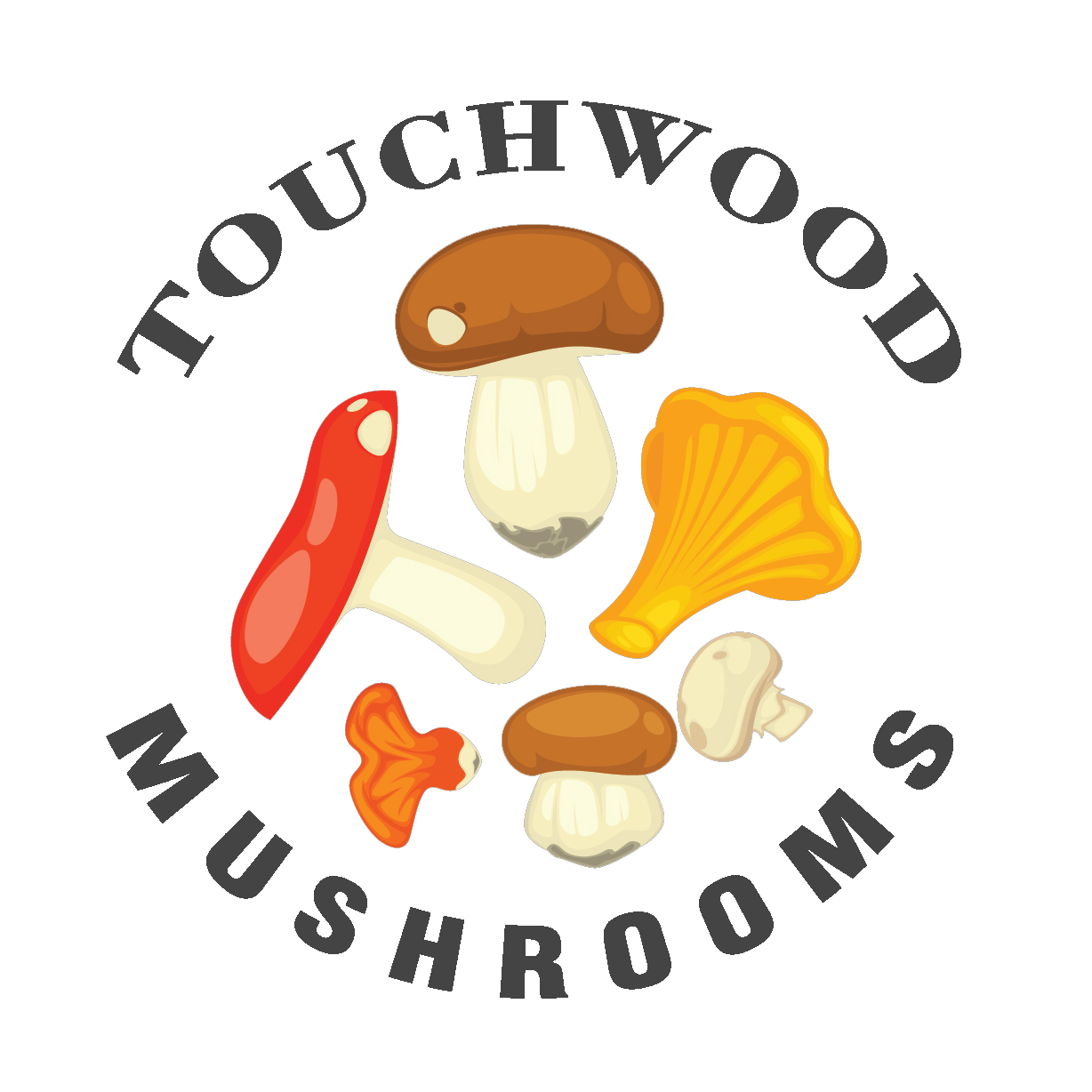
Step (well, swim) aside, blue whales. It’s time for the lesser-known giants of nature to finally get some airtime. And our favourite lesser-known giants are obviously fungi. Read on for some fun facts.
Size matters

It positively dwarfs the average blue whale: the largest on record measures 3.8km across! But honey fungus keeps a low profile. Like an iceberg, most of the growth happens underground. And while it sounds super impressive, it can actually be very, very bad for forests and gardens.
There is one slight problem. Honey fungus is quite bad for trees. And it loves to travel. In fact, in the cooler forests in Canada and the United States, honey fungus spreads for kilometres. It’s a parasite and it kills trees, which is a serious bummer. The way it spreads is fascinating, though. Soil scientist Jesse Morrison explains:

When mycelia from different individual honey fungus bodies meet, either in or on the soil surface, they can attempt to fuse to each other. The fungi must be genetically identical honey fungi. When the mycelia successfully fuse to each other, they link very large fungal bodies together. This, in turn, changes extensive networks of fungal ‘clones’ into a single individual.

